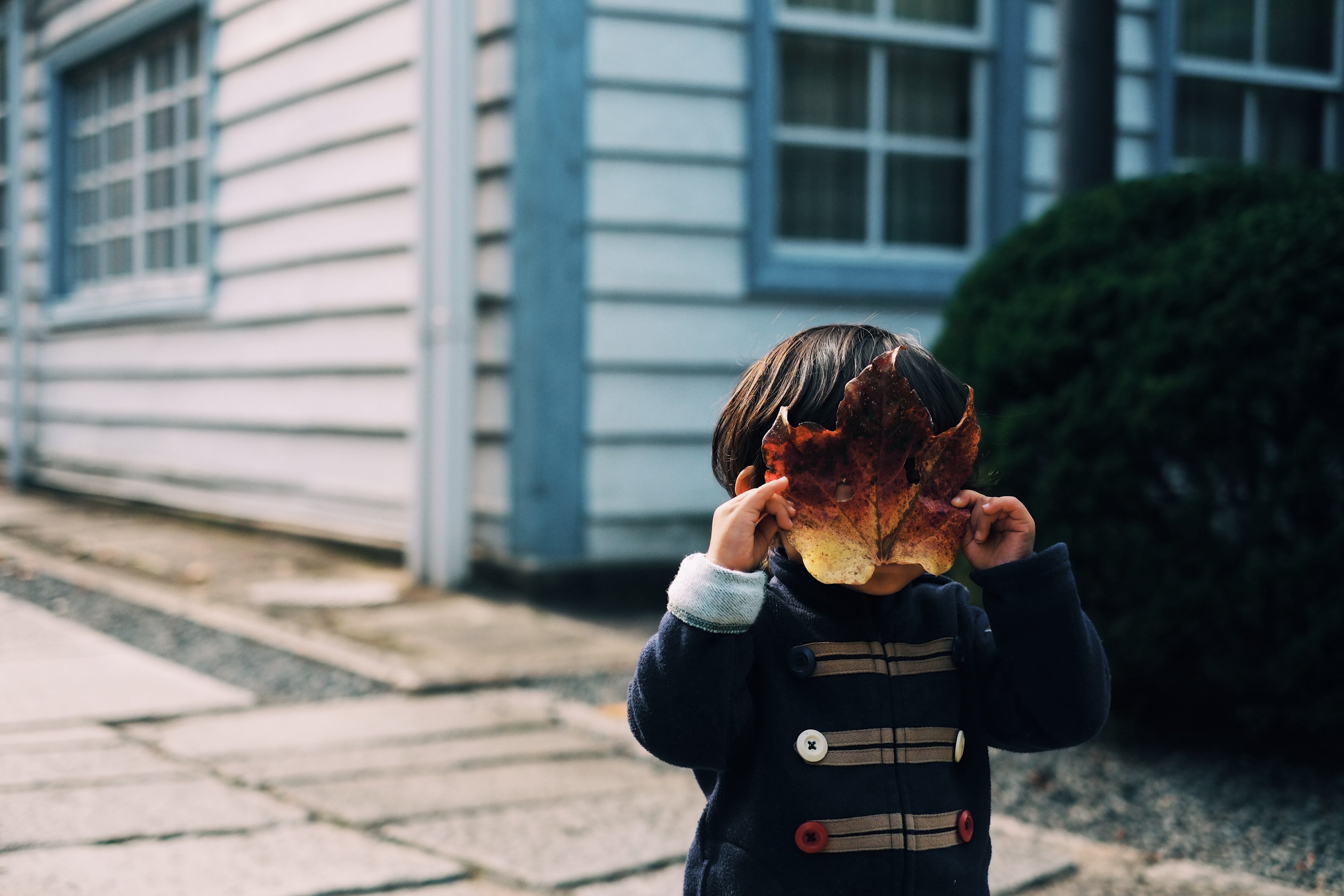Your bag is empty
Already have an account? Log in to check out faster.
Already have an account? Log in to check out faster.


Caring for a child who is on the autism spectrum can be one of the most joyous, most overwhelming things you’ll ever do. On the difficult days, it can be hard to know how best to keep your child safe and happy. Not only that, you also have to think about making your home a place your child feels comfortable in so she’ll be more open to interaction.
Creating a safe, healthy home for your child on the autism spectrum doesn’t have to be difficult. It’s a matter of finding ways to allow her to grow and take in the world at her own pace. It will take some patience; you may make changes to your space only to find that the lighting is problematic, or that there’s too much visual stimuli. It might take a bit of time, but working with your child will ensure that your home is the perfect place for her to learn and grow.
Create a soothing place
Many children on the autism spectrum live with sensory overload, which means they are overwhelmed easily by certain colors, lights, sounds, and textures. Parents tell us that even wearing Handsocks can help with this sensory overload and provide comfort. Talk to your child’s doctor about the best ways to create a relaxing home for your child, as everyone is different and has different needs. Generally, it’s best to go with neutral colors on the walls, keep the lighting simple, and keep the area relatively quiet, especially in her bedroom. Wood furniture is typically the best way to go since it has a soothing texture.
Make it safe
Take a look around your home with a keen eye; are there potential hazards for your child? Even seemingly benign items like houseplants can be dangerous to a curious child on the autism spectrum. Furniture with glass or sharp edges should be replaced immediately; cabinets, drawers, and closets should be secured with latches that are out of your child’s reach. If she’s a wanderer, it’s a good idea to install a motion sensor alarm on the exit doors in your home, and always keep them closed securely. You can find a ton of helpful information on making your home safe at Redfin.com.

Think about the lighting
Most children on the autism spectrum have issues with lighting; your child’s pediatrician may be able to help you figure out the best type of light to have in your home. Fluorescents are generally problematic, while natural or incandescent light tends to be best. Turning your house into a calming center can help your child de-stress after a long day at school, so be careful with your choices.
Make your home a classroom
It can be difficult for many children on the spectrum to understand consequences, and they may be literal in their translation of something you say or do, so it’s very important to make your home not just a safe place, but a place of learning. Even if your child is school-age and already attends class, there are many things you can do to help her learn to better interact with others or to understand the things that don’t come easily to her. For tips on creating learning opportunities at home, read on here.

There are many ways to help your child thrive at home, but don’t forget to make downtime special, as well. Everyone needs a chance to wind down after a long day, and your child on the autism spectrum can benefit from creative, relaxing activities, such as baking, painting, or working with soft clay. Every child is different; think about the best ways you can help your loved one make the most out of every day.
Author Danny Knight
Danny is a dad living in Philadelphia. He enjoys DIY projects almost as much as raising his two children. He is the co-creator of FixItDads.com, which offers tips for home improvement projects.